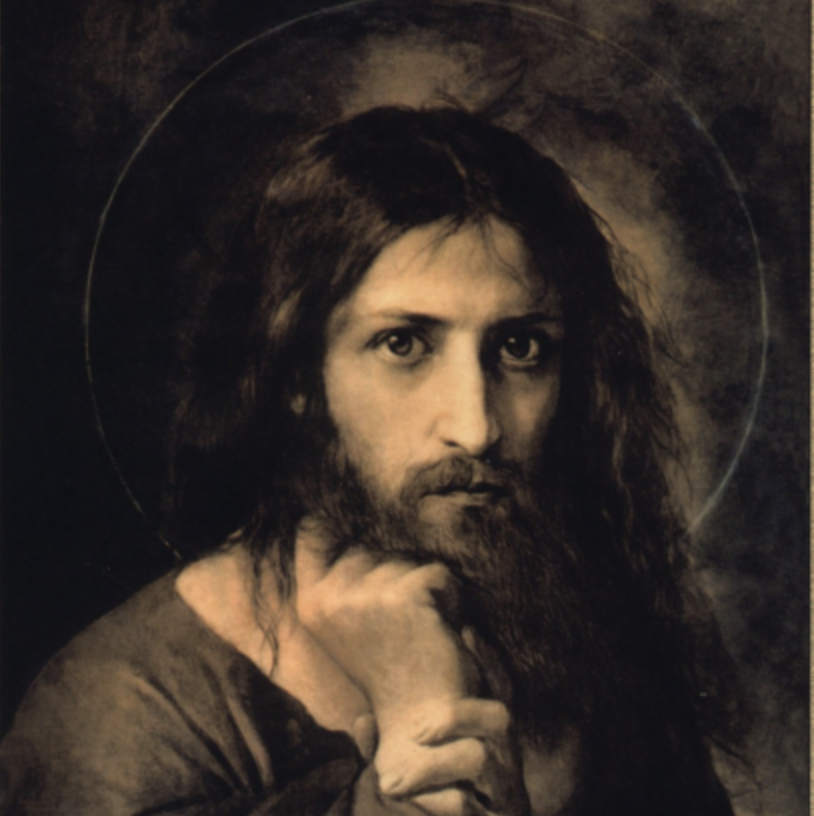The Deconstruction and Reconstruction of the Historical Jesus – Part 2

Although the common phrase is that Jesus “died for your sins”, the more inclusive phrase references the “death and resurrection” of Jesus. The basic idea, proclaimed by all of Christendom, is that on Easter morning the tomb was empty. The body of Jesus had been placed in a tomb, and now it was empty, a young angelic man asking the astonished women disciples why they sought the living among the dead. The Jesus who had died for your sins was now risen, seated at the right hand of God. The significance of the empty tomb, however, was not limited to Jesus, because his followers would also be raised to eternal life when the risen Jesus returned at some future but unknown date.
Suppose now that what really happened is quite different. Suppose that the body of Jesus had been ripped and consumed by wild dogs and birds, as was the case with practically all whom the Romans crucified. There was no tomb, no angel, no appearances to “doubting” Thomas and other disciples, no ascent into heaven, and no “Great Commission” to Peter and the other men. Suppose instead that Jesus lived on as what St Paul called a “spiritual body”, a combination of two words that reveals the limitations of our understanding. Jesus lived on in a manner that can be experienced even though it cannot be understood. The old, earthly body is gone. The new spiritual body now takes over. This is what the disciples experienced, both those who stayed with Jesus and formed his gathered and extended family, as well as those whose lives were transformed by his charisma but who moved on to continue their lives elsewhere. This new creation is what got the women and men disciples excited. The resurrection of Jesus was not of his earthly body, but a moving into a level of being that transcends our capacity to understand, a level of being that excites and motivates a person to a continually growing awareness of and trust in Reality.
Where, then, did the empty tomb story originate? A suspicious attitude would call it the work of the rich and powerful. The concept of a person who continued to lead his disciples even after he had been crucified, was a concept that must have terrified the people of power who benefitted from the system of oppression. They much preferred a leader who had gone to heaven, and would return at some future and undetermined date.
Read All Parts Here.
Dr. Carl Krieg received his BA from Dartmouth College, MDiv from Union Theological Seminary in NYC, and Ph.D. from the University of Chicago Divinity School. He is the author of What to Believe? the Questions of Christian Faith, The Void and the Vision and The New Matrix: How the World We Live In Impacts Our Thinking About Self and God. As professor and pastor, Dr. Krieg has taught innumerable classes and led many discussion groups. He lives with his wife Margaret in Norwich, VT.

